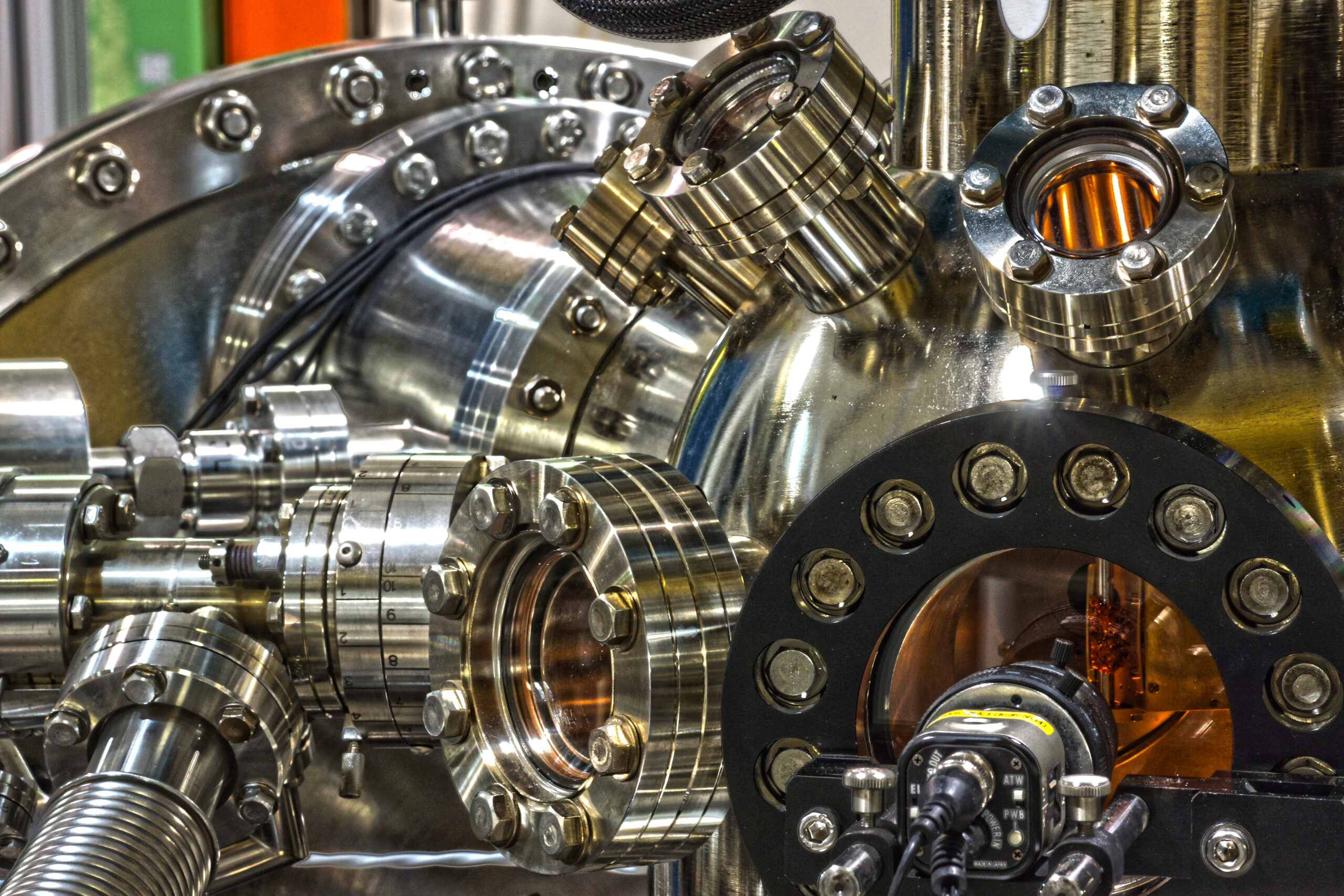Right now, the market for mass spectrometry is on the rise. In fact, by the time we arrive in 2029, it is expected to be worth around $9.17 – $14.6 billion. Mass spectrometers examine ions and their mass through the use of magnetic fields and electric fields.
By using mass spectrometry to undertake ion energy analysis, we can learn about ions and the different formations of molecules. Utilizing mass spectrometry with ion energy analysis can also help us ascertain information about how ions react to various environments.
As ion energy analysis capability presents an opportunity to control these energies. That way they can be applied effectively in different industries. Already, this analysis is used for the creation of semiconductors. It is also utilized for beams involving MeV to learn about the arrangement of different atoms.
Inverted electrode geometry is used to grant more control over ions and their energies. It can provide specific measurements of both the ion energy and current density.
In addition, it can help us to examine the surface of samples. This technique allows us to see if any changes have occurred to a surface because of its contact with ions. Inverted electrode geometry is mainly used in conjunction with plasma processes, including sputtering and thin film placement.

Are you interested in learning more about inverted electrode geometry, ion energy analysis and mass spectrometry? Well, our article can help you learn more. We also consider the background, benefits and future applications and research associated with inverted electrode geometry in relation to mass spectrometry and ion energy analysis.
Understanding Inverted Electrode Geometry
Inverted electrode geometry refers to a configuration where the electrode with a smaller surface area faces the plasma, being grounded, while the electrode with a larger surface area is subjected to an RF (radio frequency) bias.
This setup contrasts with traditional configurations, where the plasma-facing electrode is typically RF-biased. The inverted geometry offers a unique mechanism for controlling ion energies independently from the plasma density. As a result, it can enable a more targeted and controlled ion bombardment of the surface under study.
Impact on Ion Energy Analysis
The primary advantage of inverted electrode geometry lies in its ability to control ion flux and energy independently. This capability is crucial for surface analysis and modification applications, including thin film deposition, etching processes, and material characterization.
By finely tuning the RF power applied to the larger electrode, researchers can adjust the energy of ions reaching the surface. This includes:
- Low energies: For deposition experiments
- High energies: For sputtering or deep etching.
Enhanced Control and Flexibility
Inverted electrode geometry provides enhanced control over ion energy distribution, allowing for a more uniform and predictable surface interaction. This control is beneficial for applications requiring precise material removal or deposition, ensuring uniformity across the treated surface.
Additionally, the ability to manipulate ion energies independently of plasma parameters creates new experimental conditions that were not feasible with conventional setups.
Improved Analytical Outcomes
Precisely controlling ion energy and flux leads to improved analytical outcomes in mass spectrometry. For instance, it allows for the optimization of secondary ion mass spectrometry (SIMS) analyses. This is where the primary ion beam’s energy directly affects the secondary ion yield. Consequently, this can change the sensitivity and depth resolution of the analysis.
Tailored ion energy can:
- Minimize damage to the sample
- Preserve the integrity of the molecular structure
- Enhance the detection of high-mass or fragile species.
Technological and Scientific Implications
Adopting inverted electrode geometry in mass spectrometry has far-reaching implications for both technology and science. It paves the way for developing new materials and coatings through precise surface modification techniques.
In the field of analytical chemistry, it enhances the capabilities of mass spectrometry for complex sample analyses, including biological specimens and advanced materials.
Outside of mass spectrometry, this approach contributes to advancing nanotechnology, semiconductor manufacturing, and energy storage technologies, where controlled ion-surface interactions are pivotal.
The Importance of Inverted Electrode Geometry in Ion Energy Analysis and Mass Spectrometry
Here at Hiden Analytical, we understand how crucial inverted electrode geometry is in mass spectrometry and the analysis of ion energy.
By utilizing inverted electrode geometry processes with mass spectrometry and ion energy analysis, we can optimize control over the amount of energy that is directed towards a sample. This can allow for more precise measurements of surface alterations. It can even lower the deformation that occurs because of the ions’ energy.
Inverted electrode geometry plays a crucial role in mass spectrometry. However, it does have other applications that demonstrate how bright its future is. Its ability to control the density of ions in a beam can be used to optimize different surfaces. This includes the surfaces of zinc-air batteries that can be recharged.
Additional future applications of electrode geometry include:
- Plasma tools
- Photovoltaics
- Perovskite solar cells (which can utilize transparent electrodes).
With that in mind, using a precise mass spectrometry tool can help you to achieve reliable results. That way, when you undertake mass spectrometry research and your mass spectra measurements, for instance of your ions’ mass to charge ratio, you can feel confident that your data is accurate and reliable.
Whether you are interested in learning about molecular ions and fragmentation patterns, high vacuum properties, mass analyzer or ion source of a spectrometer or inverted electrode geometry in relation to positive charges and currents, our experts at Hiden Analytical are here to answer all of your questions.
If you want to undertake mass spectrometry research, we would recommend considering our mass spectrometry products to get started. The world of mass spectrometry is advancing. So, make sure to use our mass spectrometry technology to position yourself at the front of innovation.

